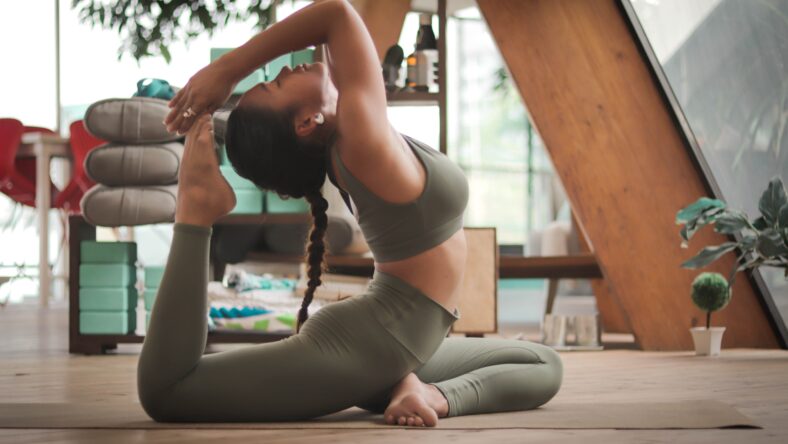
Everyone has at least one friend who does yoga religiously and swears by its beneficial effects on their physical and mental health. If you’re interested in learning more about the benefits of yoga for beginners and don’t mind waking up at five in the morning for a Vinyasa, you’ve come to the perfect place.
Forget about the pictures of yogis executing backbends or standing on their heads; the true essence of yoga is doing what makes you feel good. The final goal should be to move your body and unwind mentally, including the benefits of yoga for beginners.
It’s time to spread out your yoga mat and learn the blend of physical and mental activities that has enchanted yoga practitioners all around the world for thousands of years. The appeal of yoga is that everyone can experience its advantages without needing to be a yogi or yogini. No matter your age, weight, or level of fitness, yoga has the ability to soothe the mind and build physical strength. Don’t let yoga terminology, posh yoga studios, or challenging positions scare you away from the benefits of yoga for beginners. Anyone can do yoga.
What is Yoga?
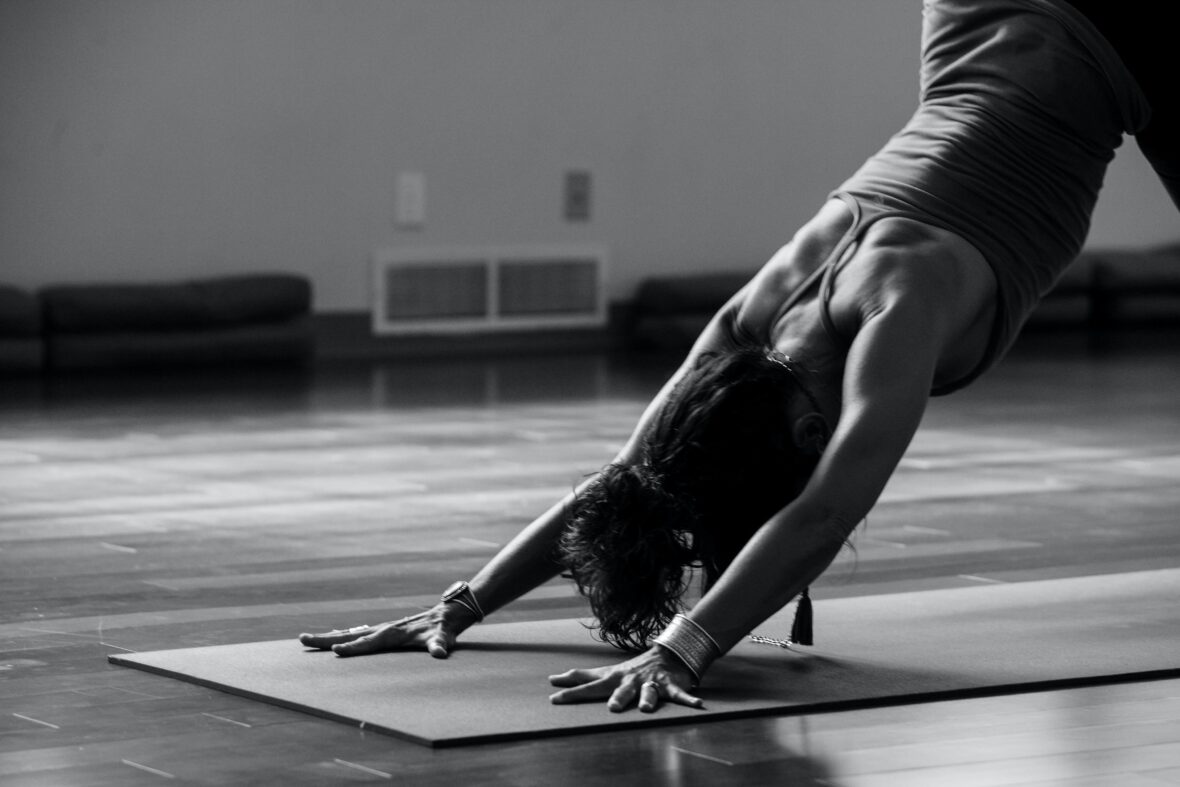
According to Merriam-Webster, yoga is “a system of physical postures, breathing techniques, and sometimes meditation” that is frequently practiced in Western cultures to support both physical and mental well-being. According to Juan Gamboa, a certified yoga teacher, and mindful movement instructor at THE WELL New York, the aim of contemporary yoga is to create ease and relaxation.
Although the precise beginnings of yoga are unknown, Shiva, who is considered to be the first yoga master, is claimed to have introduced it in the third century B.C.E. at the “dawn of civilization.” Later, it was introduced to the West by Indian yoga masters in the late 19th century, when its mind-body advantages swiftly gained popularity along with the benefits of yoga for beginners.
Types of Yoga
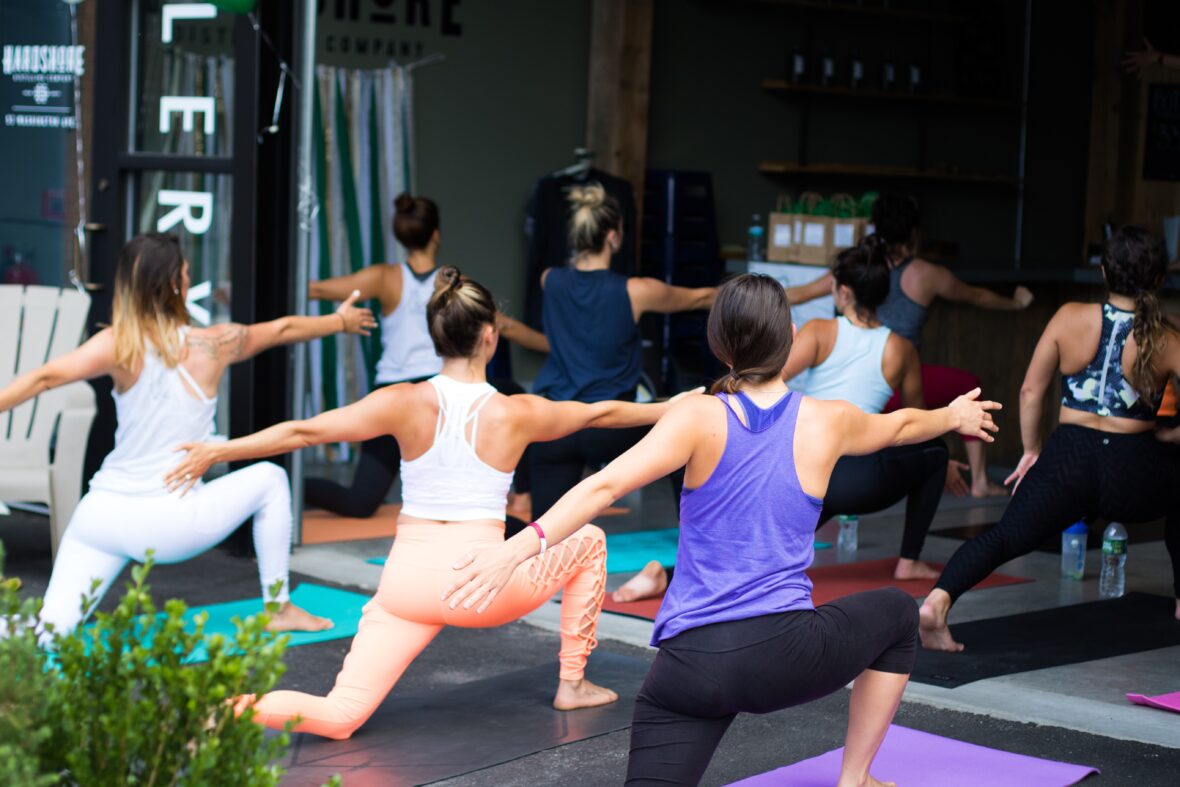
There is a yoga practice for everyone because there are so many different variations and types of the practice. However, it’s acceptable to be unsure of which fashion is best for you and will provide the most benefits of yoga for beginners. To find the ideal fit when you first start out, you might want to try a few different classes.
Here are some recommended starting points:
Hatha
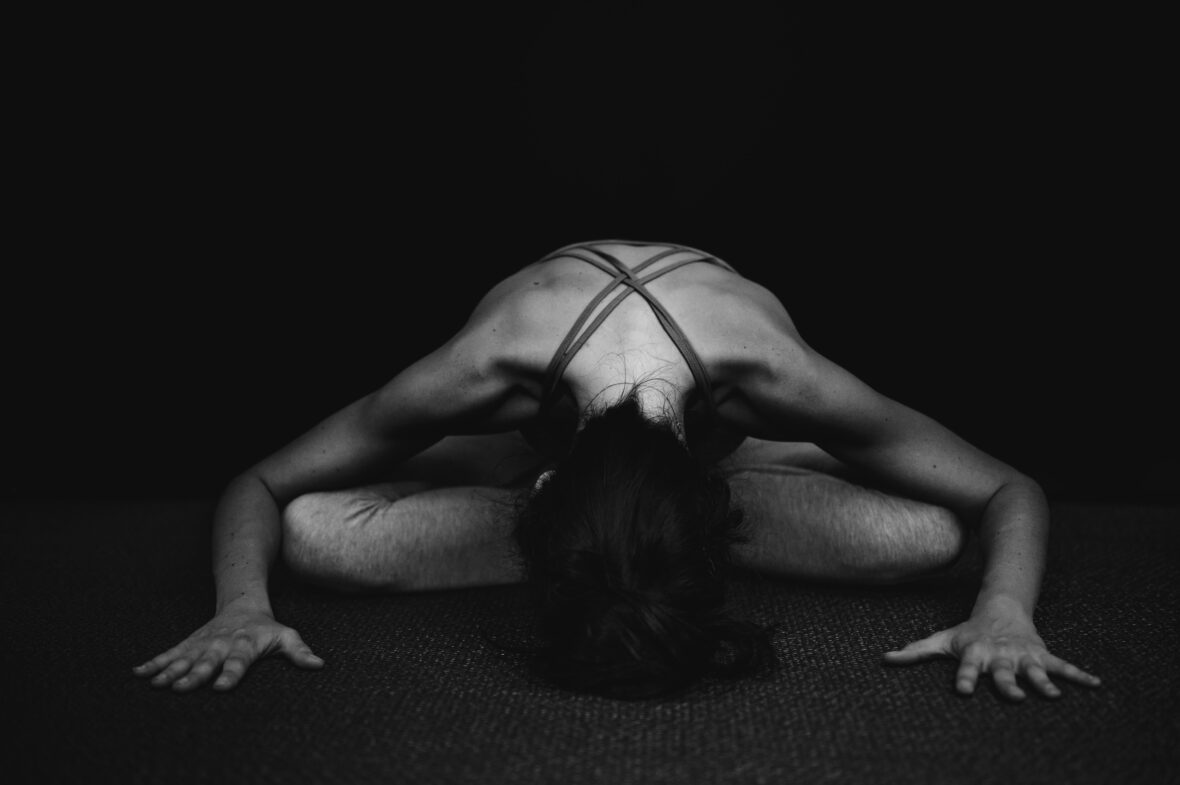
One of the fundamental styles of yoga, Hatha is regarded as the most fundamental by many instructors. According to Lisa Blum, a doctor of physical therapy, certified yoga teacher, and physical therapist at Shift Wellness in New York City, it’s beginner-friendly because it’s the broadest style of yoga and has many benefits of yoga for beginners. “Hatha yoga will give the new yoga student a good understanding of the basics of yoga,” she claims. These fundamentals include asana (yoga positions), pranayama (breathing exercises), and meditation.
But that does not imply that it is simple. “Hatha joins the vigor and relaxation of the practice,” claims Gamboa. This pleasing balance gives a new learner a lively edge.
Check Out: How Should You Exercise Based on Your Menstrual Cycle?
Ashtanga
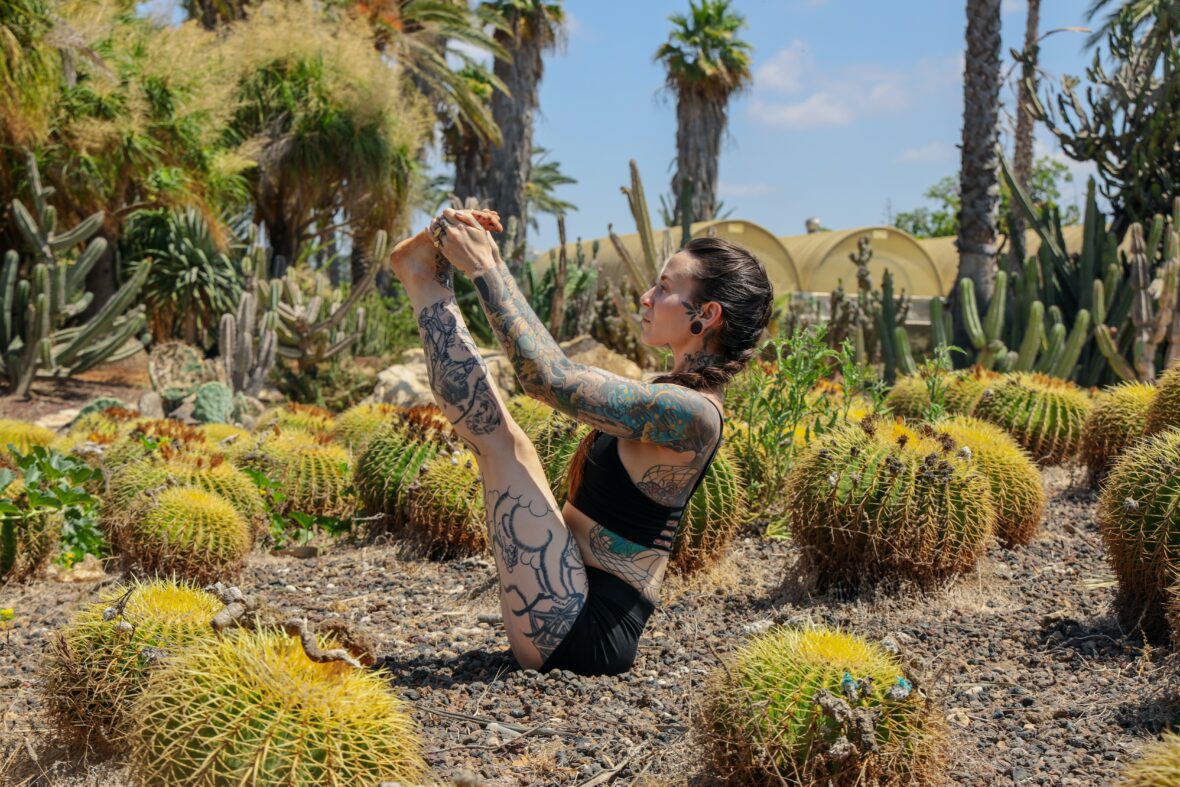
Consider trying Ashtanga if you don’t enjoy remaining motionless in a position. The positions of Ashtanga yoga are connected by fluid transitions to reap the benefits of yoga for beginners. The sequence is constant, and by repeatedly practicing it, you may gradually master the transitions, allowing your body to gain power and mobility as you discover how to regulate your breath and your thoughts.
Ashtanga, according to Gamboa, is more active than Iyengar or Hatha. It can generate a good deal of heat and sharpen the mind, he claims. It’s a great approach to maintaining a structured and inspiring practice.
Iyengar
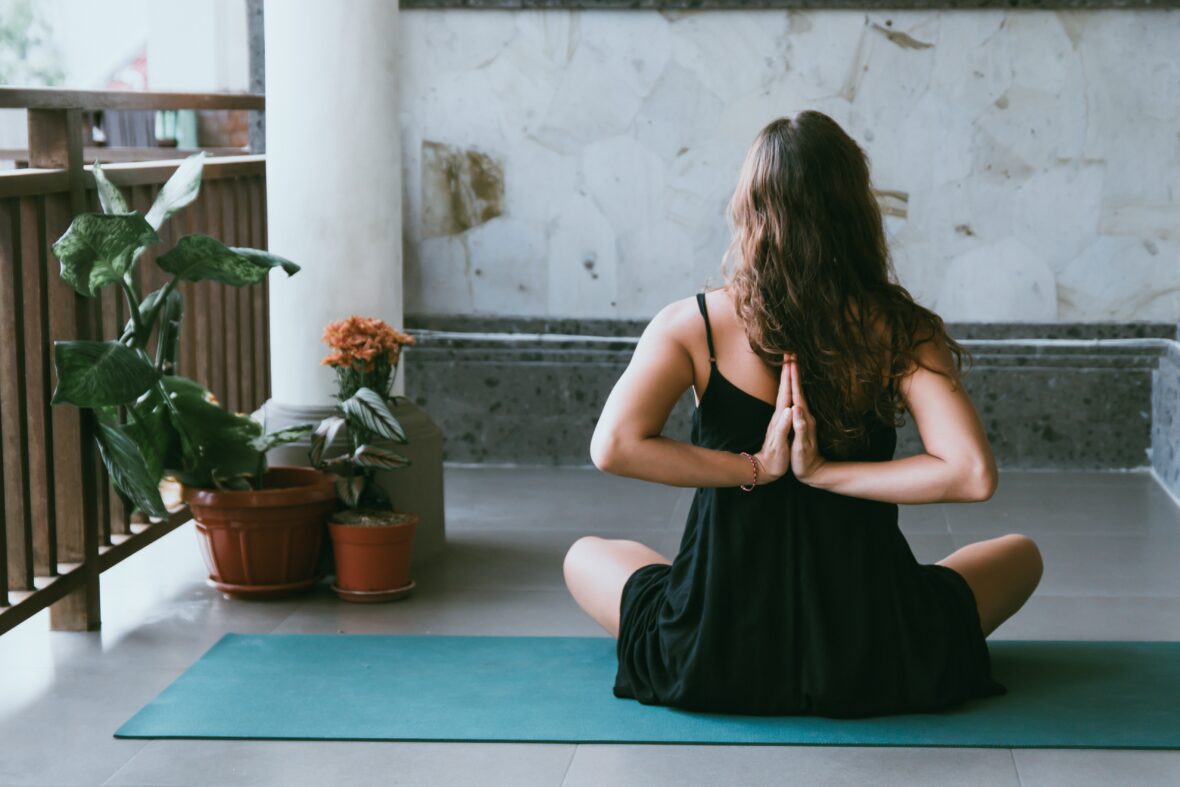
In Iyengar yoga, which bears the name of its founder B. K. S. Iyengar, each pose is clearly demonstrated, allowing for the use of supports to support the body more comfortably when necessary to maximize the benefits of yoga for beginners.
Iyengar is slower and more form-based than other forms of yoga, according to Gamboa. “It builds enough heat so the body feels worked and the mind can anchor itself to the breath,” he claims. This is helpful for students who are just starting out.
Also Read: Tracy Anderson Method Review: A Full-Body Challenge
Vinyasa
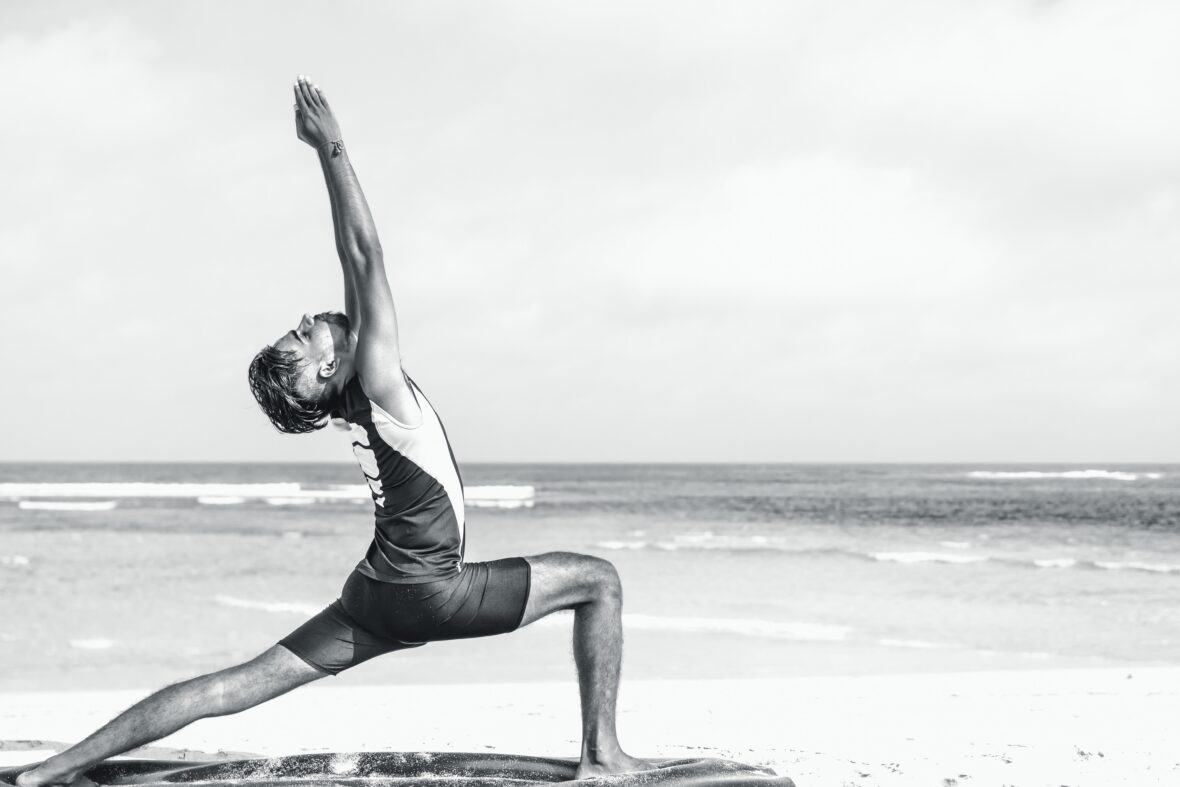
According to Grobman, Vinyasa means “place in a special way,” and it keeps you moving or flowing as Ashtanga does. It includes a series of poses and emphasizes breathing and movement flexibility with the intention of “internal cleansing.” Even though you’re moving, this smooth transition from one pose to the next helps soothe the body and mind alongside other benefits of yoga for beginners. It may also give you energy. Pose modifications enable a practice that is open to all skill levels and can be as difficult as you choose.
Health Benefits
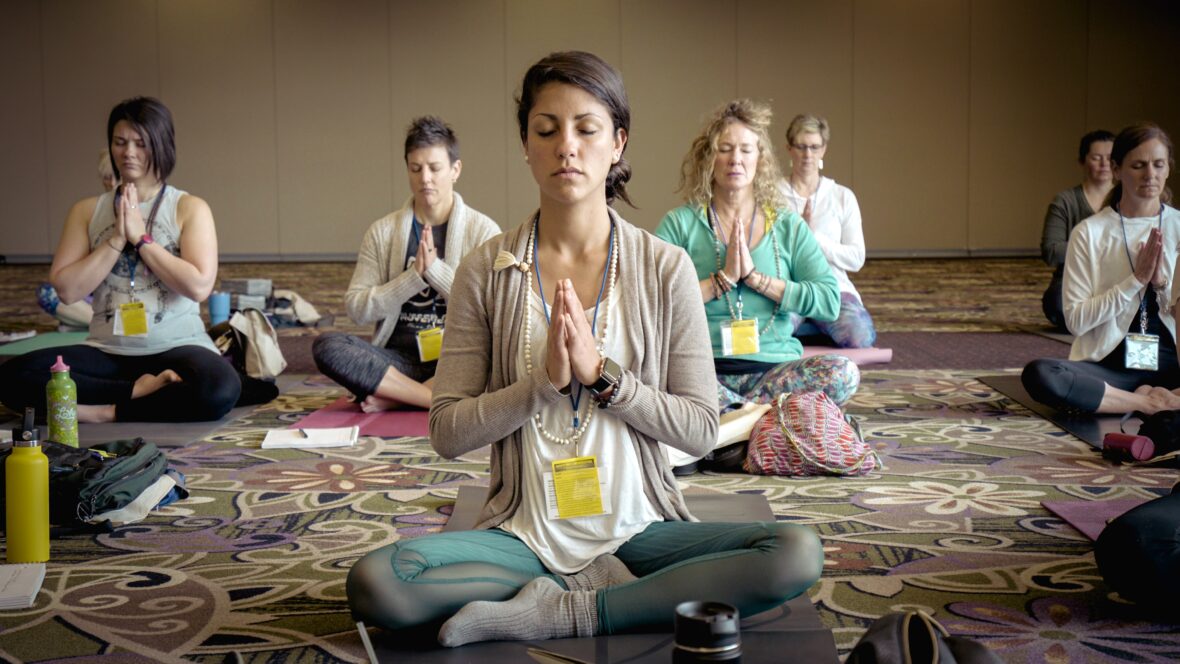
A yoga lesson is composed of a series of precise movements, or poses, along with particular breathing exercises and meditation tenets. There are changes and alterations that can be made to a position if it hurts or proves to be too challenging for trainees to maximize the benefits of yoga for beginners. You can utilize props like blocks, blankets, straps, and even chairs to assist you benefit the most from the positions. Yoga is not a one-size-fits-all exercise; your ideal yoga routine will depend on your own requirements and objectives to get the most benefits of yoga for beginners.
Regular yoga practice has numerous advantages. According to Roger Cole, Ph.D., a psychobiologist and certified Iyengar yoga teacher, a full yoga session can generally help maintain your back and joints healthy, improve your overall posture, stretch and strengthen muscles, and improve your balance. In addition, yoga offers “a restorative side that is deeply relaxing and rejuvenating,” according to Dr. Cole. Every yoga session includes relaxation as one of the benefits of yoga for beginners.
According to Dr. Timothy McCall, author of “Yoga as Medicine,” yoga’s emphasis on the breath can also calm you and teach you how to be more aware of your body, which will enable you to move with more ease.
More and more studies have emerged in recent years proving yoga’s numerous health advantages.
According to studies, yoga can provide:
- Back pain relief: Regular, rigorous stretching sessions and weekly yoga lessons both effectively reduce low back pain symptoms.
- Strengthen bones: In a tiny study, it was discovered that yoga practitioners had more bone density in their hips and spine than those in the control group.
- Improved balance: seen in male athletes in one study after 10 weeks of yoga lessons compared to a control group of athletes who did not alter their training regimens.
- Avoid mental decline: In one study, participants who practiced both yoga and meditation instead of a brain-training exercise fared much better on a test of visuospatial memory, a type of memory crucial for balance, depth perception, and the capacity to identify objects and navigate the environment.
- Reducing mental anguish and the associated psychological and physical symptoms of stress was found to be aided by Iyengar yoga in a study involving 72 women.
- Reduce depression: Yoga has been proven to reduce anxiety and depression in a study of coal miners with chronic obstructive pulmonary disease, or C.O.P.D.
Breathing and Meditation
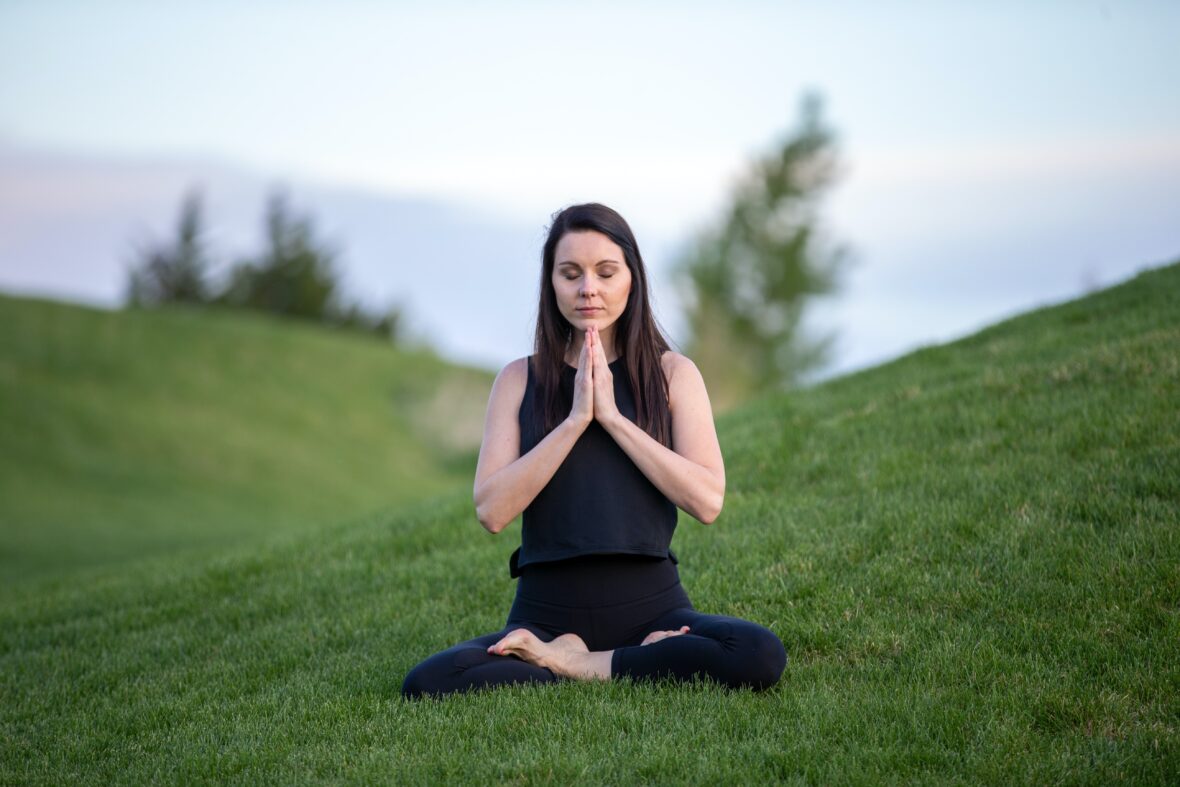
Yoga requires certain breathing techniques since they not only keep you focused while you practice, but can also help you feel less stressed, calm your mind, and relax your nervous system as are some of the benefits of yoga for beginners.
According to Elena Brower, a yoga and meditation teacher and the author of “Art of Attention,” yoga breathing practices also provide a “way into meditation” as one of the many benefits of yoga for beginners. According to Ms. Brower, more people who have been concentrating on the physical components of yoga in recent years are switching to meditation as they discover “they have an increasing need to have time to reflect, release, and recalibrate.”
Several of the breathing exercises listed below might be covered in a yoga class:
Diaphragmatic breathing, also known as abdominal breathing or belly breathing, is the breathing method you’ll most frequently encounter in beginner yoga. It promotes generally sound, effective breathing as one of the key benefits of yoga for beginners.
Try it:
- As you breathe in, expand your abdomen.
- As you exhale, try to remove as much air as you can from your abdomen.
Ujjayi, also known as “victorious” breath, is a deep breathing technique that enables you to slow and smooth the breath’s movement. It is frequently utilized in flow programs to assist students in controlling their breathing as they transition between the poses.
Try it:
- Close your mouth while taking deep breaths in and out while contracting the muscles in the back of your throat.
- Some people claim that this method of breathing sounds like Darth Vader, while others claim it sounds like the ocean.
Interval breathing, also known as interrupted breathing, requires the student to hold their breath while inhaling, exhaling, or both to maximize the benefits of yoga for beginners. In particular, if you want to practice more complex yoga breathing techniques, it is an excellent way to start learning how to manage your breath.
Try it:
- Breathe deeply.
- Give a third of your breath a release.
- Pause.
- Lastly, let out a third of your breath.
- Pause.
- Exhale the remaining air.
- Repeat.
You can then perform a few rounds of interrupted breathing while exhaling if you’d like.
Try alternate nostril breathing before going into meditation as it is said to be helpful in regulating the nervous system.
Try it:
- Close one nostril while taking a breath in through the other.
- Use the nostril that is open to exhale.
- By switching hands, you can release the closed nostril by obstructing the open one.
- Exhale after inhaling through your open nostril.
- Repeat a number of times.
Check Out: How Effective Is the Viral 25-7-2 Stairmaster Workout?
Gear Up!
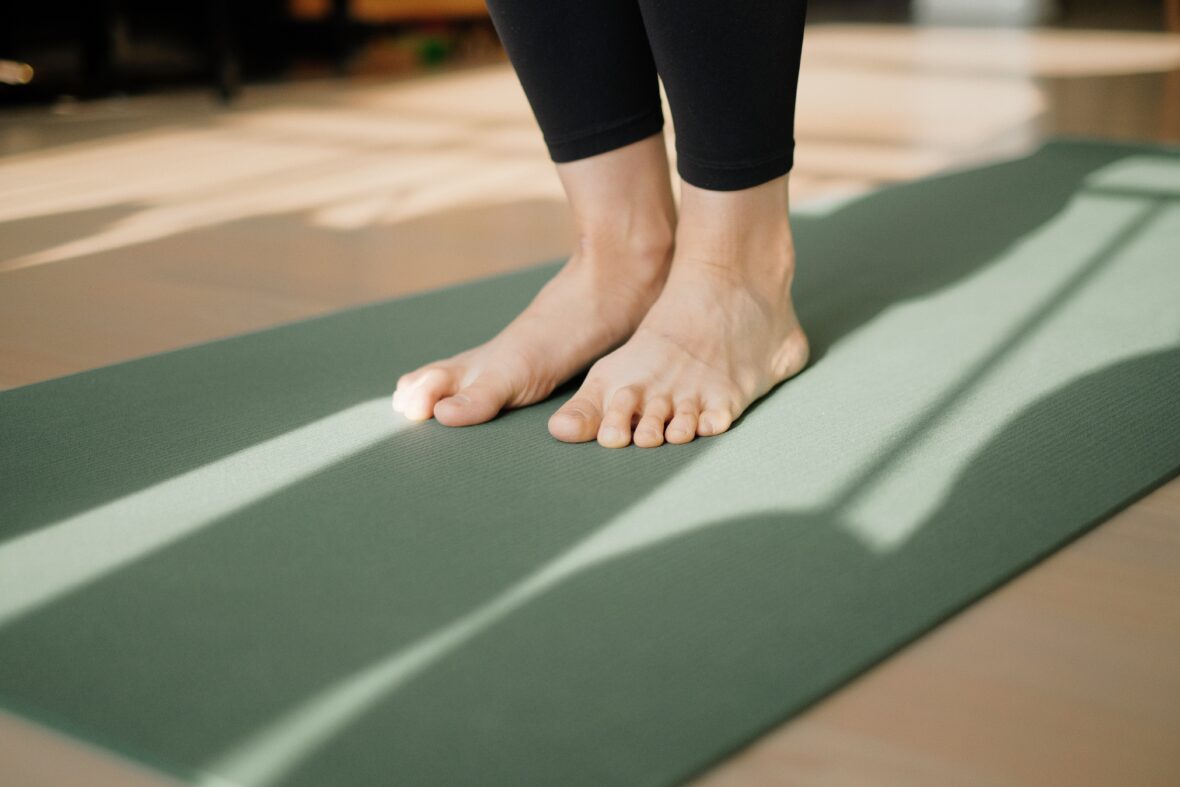
Shoes without socks provide no issues. Yoga is typically performed on a mat in bare feet. It is not advised to wear socks because they are slippery. If you must wear socks, choose athletic socks with rubber grips on the bottoms to reap the benefits of yoga for beginners.
Yoga Mats: Although most yoga studios and gyms sell mats, many yoga practitioners prefer to purchase their own due to hygienic reasons as well as the fact that mats vary in material, density, and stickiness. You might find that you grow to have a strong affinity for a particular kind of mat that maximizes the benefits of yoga for beginners.
Select a mat that won’t allow you to slide about because that will offer you a solid foundation for changing between poses. Use antibacterial wipes to clean your mat on a regular basis to safely pursue the benefits of yoga for beginners. It would be a good idea to take around a small packet of antibacterial wipes to clean your rental mat if you intend to rent mats at your studio or gym.
Wearing comfortable clothing is advised. Yoga class attire might generally be any activewear. However, if you proceed into headstand and handstand poses, clothing that is too loose may get in the way.
Also Read: The Jennifer Aniston Pvolve Workout: The Hottest Summer Trend
Benefits of Yoga for Beginners: A Complete Guide
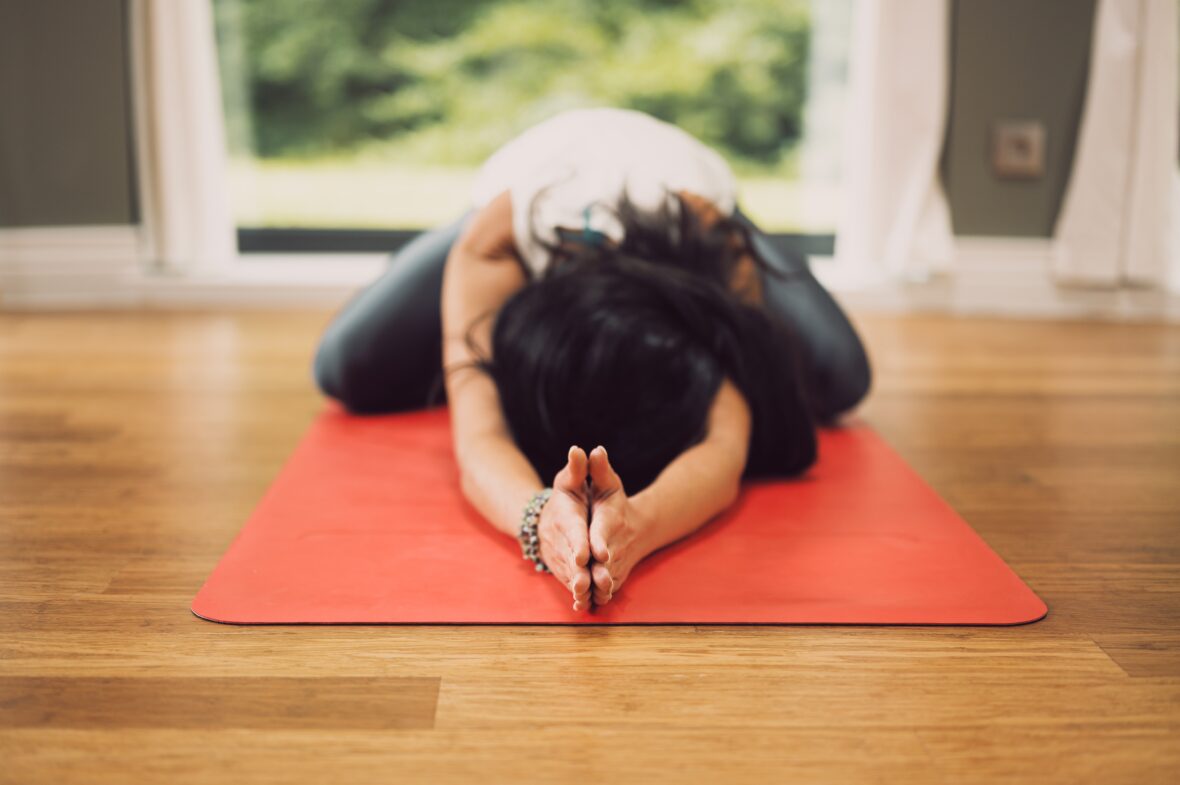
One of the most complete online yoga resources is Yoga Journal, which was founded in 1975 by a group of Californian yoga instructors. (The business also issues a print magazine once a month.) The website contains a wealth of information on meditation and well-being as well as in-depth information on practicing yoga, including a guide to postures and a tool to assist you in putting poses together into a sequence or class for the complete benefits of yoga for beginners.
Look for videos or instructions on how to broadcast your favorite professors’ classes on their websites as well.


